When I want to close my Apple watch rings or just need some headspace, I like to go for a walk. It might be with my dog or I might use it as an opportunity for a walking workout.
Walking workouts don’t just increase physical strength and boost daily activity levels, they can also build mental strength. Plus, like weightlifting, walking contributes toward a powerful anti-aging weapon called osteogenic loading or bone loading. That simply means building stronger bones by loading them through movement like weight-bearing exercise.
Whether you're walking 15,000 steps or 1,000, any movement you can clock up throughout the day contributes toward better health and a more efficient metabolism. Here’s one of my go-to walking workouts you can do pretty much anywhere — and it only takes 20 minutes.
What is the walking workout?
To slightly increase the intensity and calorie burn potential, adding a set of the best ankle weights may be helpful. I only recommend adding them to low-impact workouts, otherwise, you risk putting more stress on your joints, which could lead to injury.
You can build lower body strength by walking, but you won’t really see maximal strength gains or significant muscle growth, The main goal of this routine is to marry steady-state cardio with resistance on your legs.
EMOM (Every Minute On the Minute):
I recommend one of the best treadmills for home workouts; if you don’t have a treadmill, an outdoor walking workout might suit you better. You can try this outdoors, but using a staircase or hill will limit how much you can adapt incline. That said, walking in nature can significantly boost mood and well-being, and I like to use a walking meditation on longer walks.
I recommend walking at a gentle pace for a few minutes or longer if you have time. This will help warm your joints and muscles and prepare your body for exercise. Slowly increase speed and incline every 30 seconds until you’re walking at a fast pace with enough incline to get your glutes, hips, quads and hamstrings working hard.
Next, move into this 20-minute routine:
- Minute 1: Flat road @ 3-9 km/h
- Minute 2: Add 3 to incline and 1-2 km/h to your speed
- Minute 3: Add 5 to your incline and 2 km/h to your speed
- Minute 4: Add 2-3 to your incline and 2 km/h to your speed
- Minute 5: Maintain incline and increase speed to all-out effort power walk
- Repeat 4 rounds.
These numbers are just guidelines, so try to tap into your body and personal fitness levels to determine a challenging walking pace and incline for you. Add or reduce as you need.
In the fifth minute, your legs should kick up a serious burn and your heart rate should increase. In numbers, think of the last few minutes as an 8-9/10. Walking with weights can help add intensity, but never run with them and focus on driving power through your legs and core as you move, with or without weights.
How long do you have to walk for a good workout?
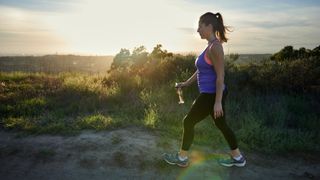
So let’s talk about why walking workouts are so beneficial. Any movement you can accumulate (and as little as 30 minutes) can help maintain muscle mass and bone health as you age, and it’s a particularly effective low-impact way to improve fat loss alongside managing your diet and including some resistance training in your weekly routine.
Power walking can improve cardiovascular fitness, and combining speed play with inclines can help you zone into muscle groups like the glutes, hamstrings and various core muscles that support your hips and spine. Hill work can increase the resistance your legs must work through, also helping to improve lower body endurance and foundational strength.
Besides the physical impacts on your health, you can also increase mental stamina by including walks in your week, so whether you’re walking for weight loss or your mind, there’s more to walking workouts than meets the eye. In fact, growing bodies of research show walking in nature can even boost creativity levels.
Just remember, while exercising regularly is crucial for maintaining physical and mental health, workouts only contribute toward a small amount of your daily energy expenditure.
Adding as much movement into your routine as you can contributes toward a healthy metabolism and counteracts the effects of prolonged sitting. Learning more about NEAT — energy expenditure unrelated to workouts — will help you understand more about how to burn calories with and without workouts.
More from Tom's Guide
- These are the best running shoes for running and walking
- No, not pull-ups — I'm a personal trainer, and this is the one upper-body exercise you need to strengthen your back and shoulders
- Best treadmill workouts
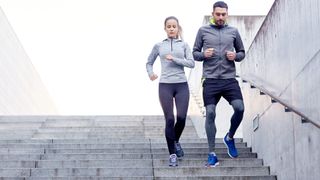



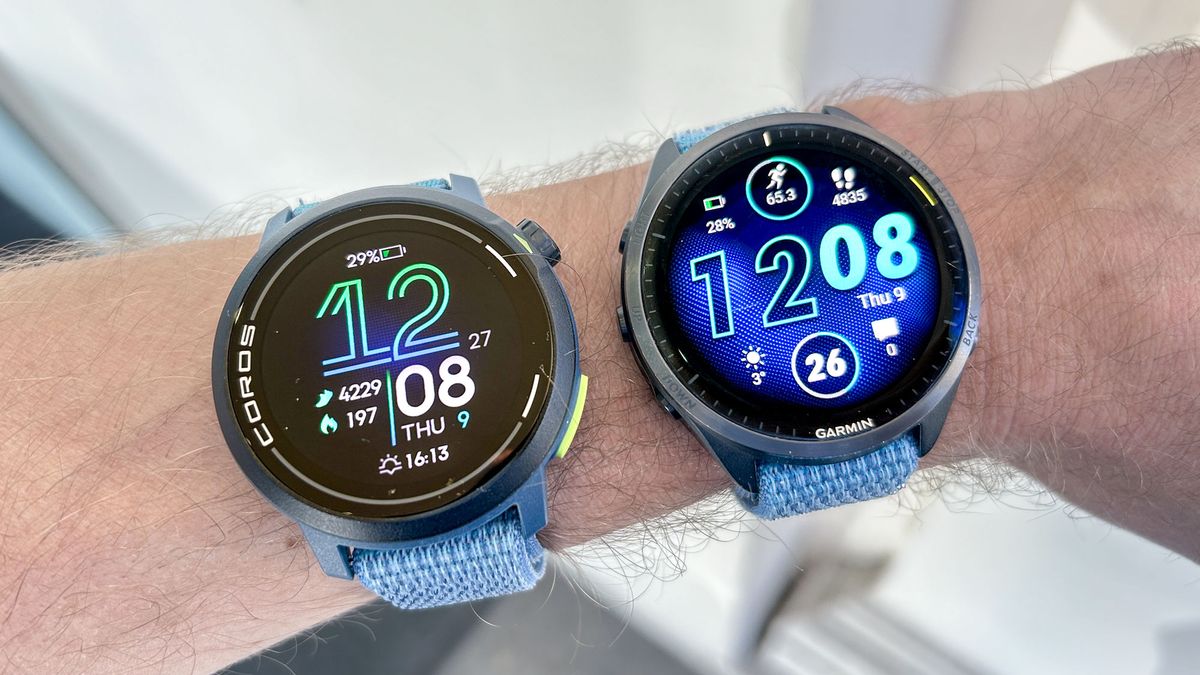


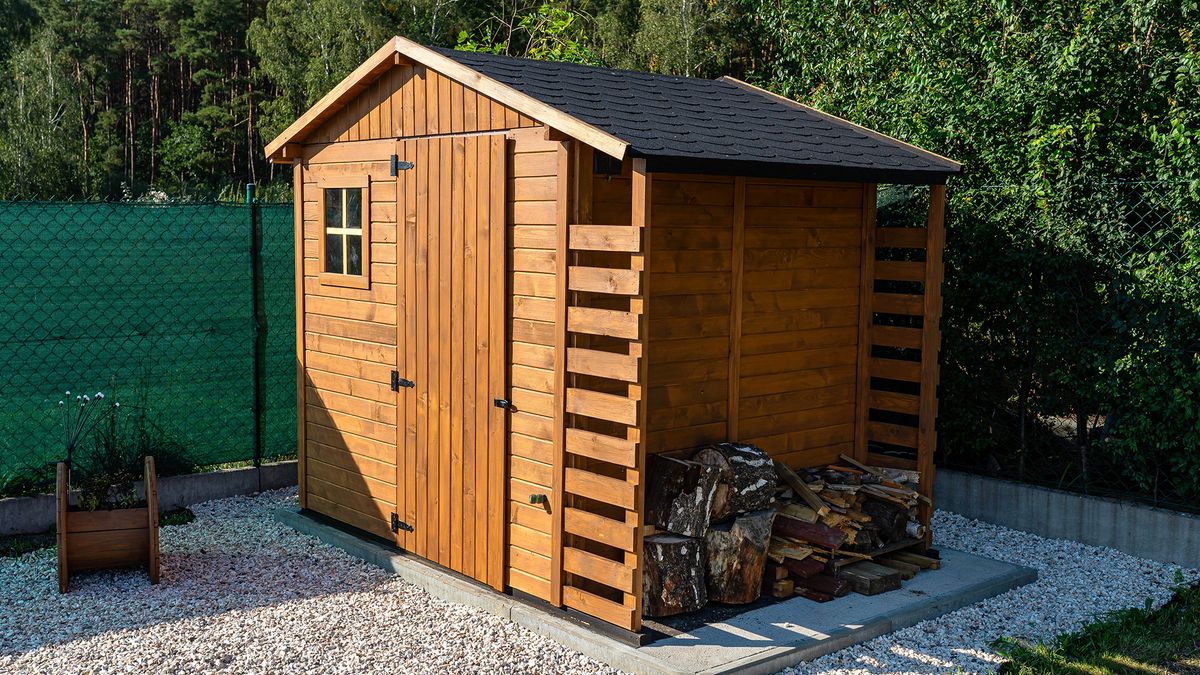


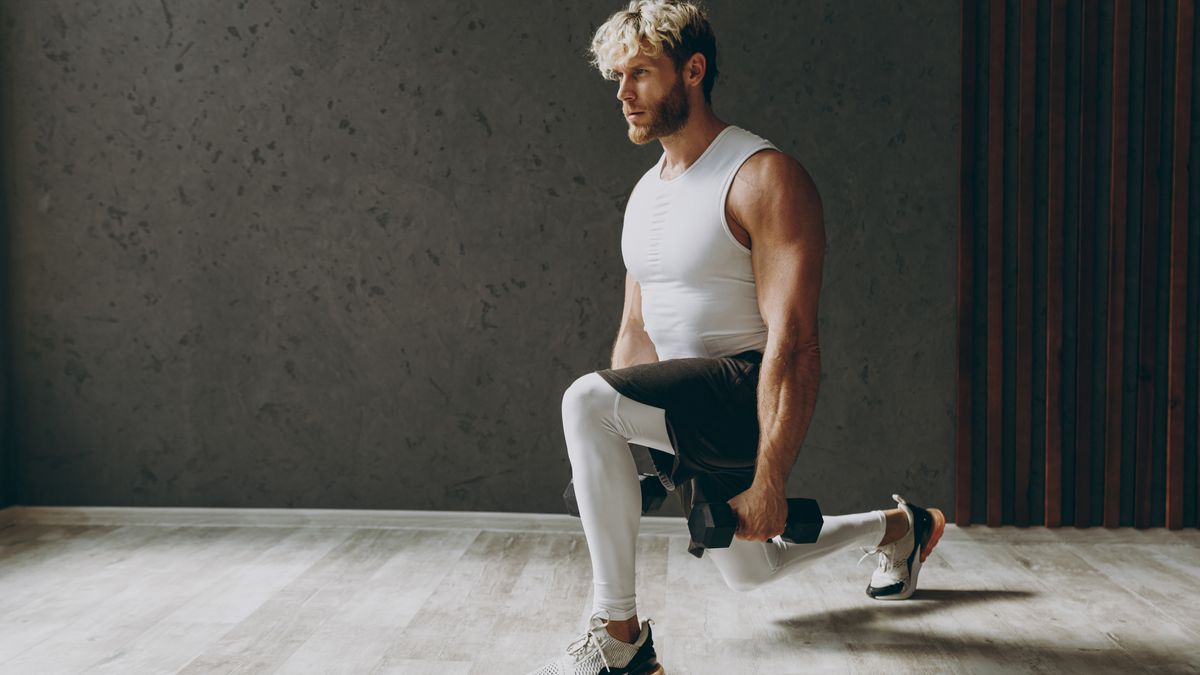










 English (US) ·
English (US) ·